Ras El Hanout: The Royal Spice Blend That’ll Make Your Taste Buds Crown You King!
Ever wondered how Moroccan dishes manage to taste like they’ve been kissed by the sun, dusted with desert magic, and slow-cooked in a palace kitchen? Enter ras el hanout — the spice blend so legendary it practically comes with its own throne.
In this blog post, we’re diving deep into the world of ras el hanout. From its mysterious origins to the secrets behind crafting your own blend at home, you’ll soon know why this spice mix is the crown jewel of Global Spice Traditions.
Table of Contents
- What Even Is Ras El Hanout?
- A Dash of History: Where Did It Come From?
- The Magical Mystery Ingredients
- How to Use Ras El Hanout Like a Pro
- DIY Ras El Hanout: Because Store-Bought Just Doesn’t Cut It
- Spice Pairings That Will Blow Your Mind
- Common Myths About Ras El Hanout (Busted!)
- Conclusion: A Spice Worth Its Weight in Gold
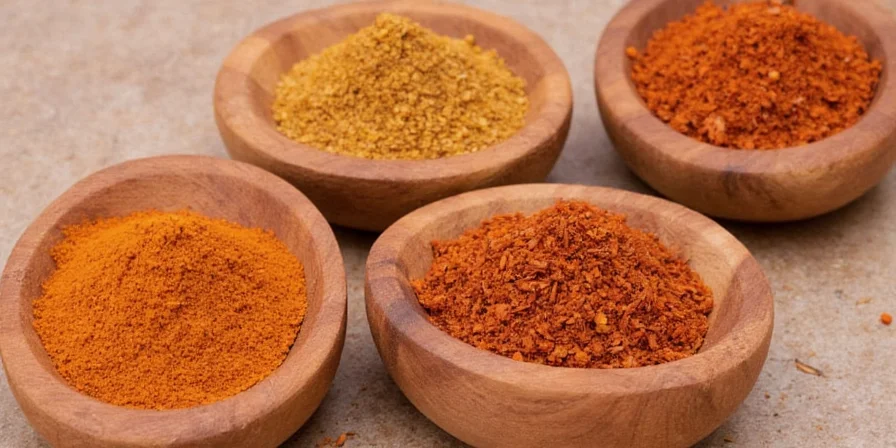
What Even Is Ras El Hanout?
If you’ve ever seen the phrase “ras el hanout” and thought it was some ancient incantation used by spice-wielding sorcerers, you wouldn’t be far off. Translating roughly to “top of the shop” or “best of the best,” ras el hanout isn’t just one recipe — it’s an art form.
Moroccan spice merchants pride themselves on creating their signature blends, often handed down through generations. Some versions contain 10 spices, others up to 30! Each family or vendor has its own version, making it as unique as a fingerprint.
The Ultimate Spice Mix
Imagine if cinnamon, ginger, cumin, coriander, turmeric, paprika, allspice, nutmeg, clove, cardamom, and black pepper threw a party — that’s basically ras el hanout. It's warm, aromatic, slightly sweet, earthy, and complex, with layers of flavor that unfold with every bite.
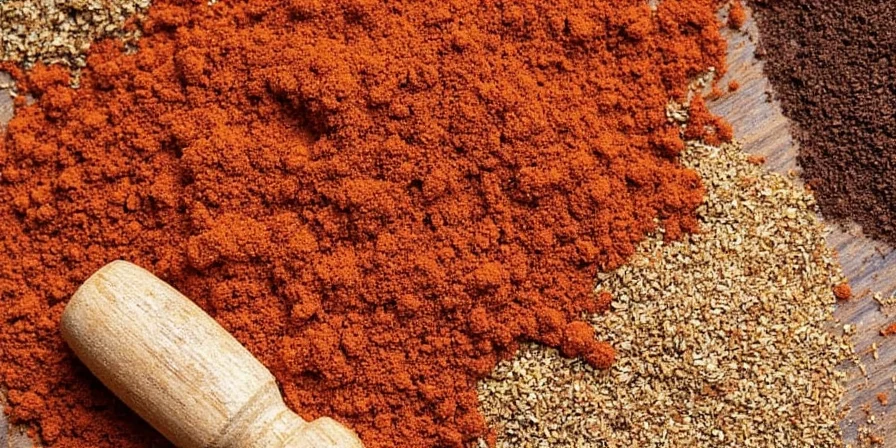
A Dash of History: Where Did It Come From?
Ras el hanout traces its roots back centuries to North Africa, particularly Morocco. In traditional markets called souks, only the most skilled spice sellers could create the finest blends — and these were reserved for royalty or special occasions.
Why was it so exclusive? Simple: quality control. The name literally means “head of the shop,” implying that only the freshest, highest-quality spices would make the cut. It was the ultimate flex for a merchant — proving they had the skill and the stock to pull off such a luxurious blend.
From Market to Modern Kitchen
Fast forward to today, and while you can now buy premixed versions in supermarkets, true connoisseurs still swear by homemade or specialty blends. Whether you're grilling lamb, roasting vegetables, or spicing up rice, ras el hanout adds depth and drama to any dish.
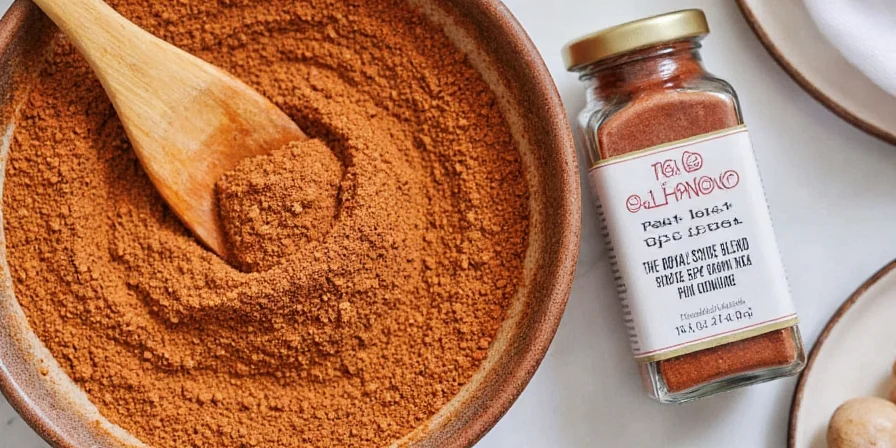
The Magical Mystery Ingredients
So what’s really inside this mystical powder? Let’s break it down:
| Spice | Flavor Profile | Common Uses |
|---|---|---|
| Cumin | Earthy, nutty, warm | Base layer for many North African dishes |
| Coriander | Citrusy, floral | Enhances brightness and balances heavier spices |
| Paprika | Sweet, smoky | Adds color and mild heat |
| Turmeric | Earthy, slightly bitter | Lends golden hue and subtle warmth |
| Cinnamon | Woody, sweet, spicy | Brings sweetness to balance savory meats |
| Clove | Intensely sweet-spicy | A little goes a long way — adds mystery |
| Nutmeg | Warm, nutty, slightly sweet | Depth and complexity |
| Allspice | Clove-like, cinnamon-like, peppery | Another layer of warmth |
| Cardamom | Fragrant, citrusy, floral | Perfume-like finish |
| Black Pepper | Sharp, spicy | Kicks everything up a notch |
Pro Tip:
- Not all blends are created equal! Some may include dried rose petals, ginger, or even chili for heat.
- If you're buying pre-made, always check the ingredients list — real deal ras el hanout won’t have fillers or artificial additives.
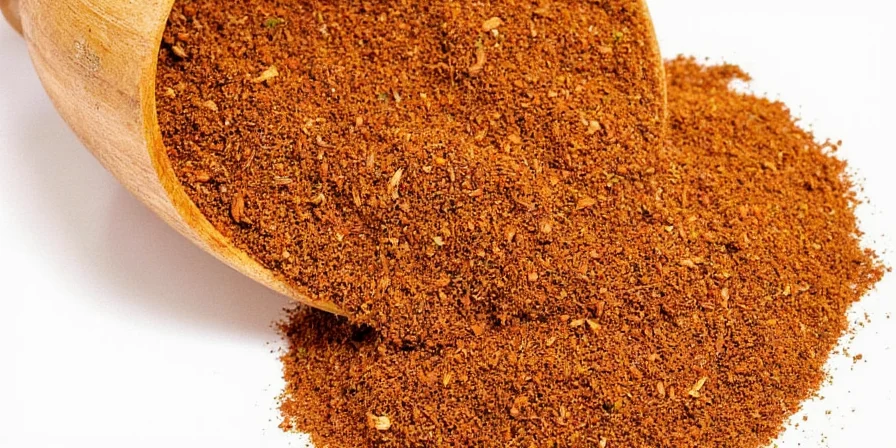
How to Use Ras El Hanout Like a Pro
Now that you’ve got your hands on (or plan to make) a batch of this golden dust, how do you use it without overdoing it? Here are our top five tips:
- Meat Magic: Rub it into lamb, chicken, beef, or goat before roasting or grilling. Think tagines, kebabs, or even Moroccan-style pulled pork.
- Vegetable Alchemy: Toss roasted carrots, eggplant, or cauliflower in ras el hanout and olive oil for a deeply aromatic side.
- Stew Secrets: Add a teaspoon to chickpea stews, lentils, or couscous for instant flavor boost.
- Marinades & Rubs: Mix with olive oil, lemon juice, garlic, and yogurt for a marinade that transforms humble ingredients into feasts.
- Snack It Up: Sprinkle onto popcorn, nuts, or even hummus for a quick but fancy snack upgrade.
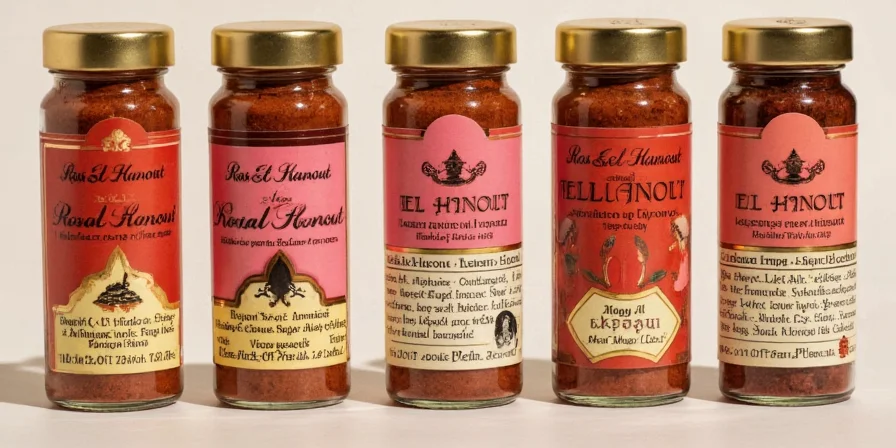
DIY Ras El Hanout: Because Store-Bought Just Doesn’t Cut It
Ready to impress your guests, dinner date, or just yourself? Try this simple yet rich homemade ras el hanout recipe:
Basic Homemade Ras El Hanout Recipe
- 1 tbsp ground cumin
- 1 tbsp ground coriander
- 1 tsp ground turmeric
- 1 tsp paprika
- 1 tsp cinnamon
- ½ tsp ground cloves
- ½ tsp ground allspice
- ½ tsp ground nutmeg
- ¼ tsp ground cardamom
- ¼ tsp black pepper
Instructions:
- Toast whole spices in a dry pan for extra aroma (optional).
- Let cool, then grind finely using a spice grinder or mortar and pestle.
- Mix well and store in an airtight container away from light.
- Use within 3–6 months for peak flavor.
Bonus tip: For a more authentic blend, add a pinch of dried rose petals or saffron threads.
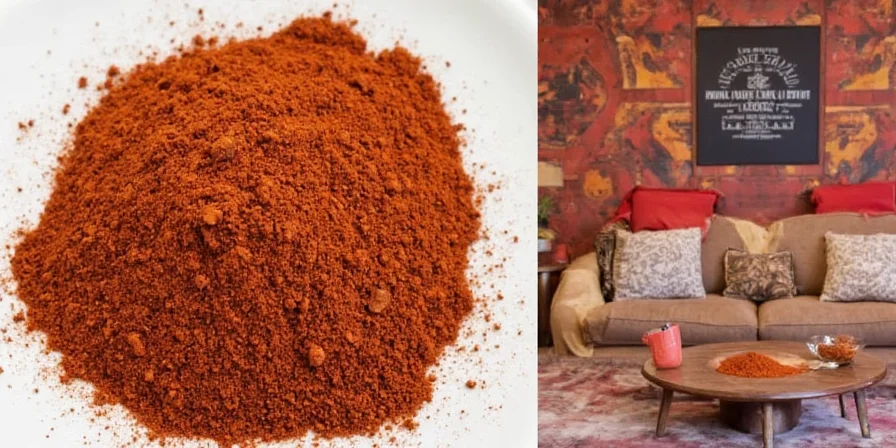
Spice Pairings That Will Blow Your Mind
Ras el hanout plays well with others — here are some dream team combinations:
- Honey + Ras El Hanout: Drizzle honey over roasted carrots or meat for a sweet-and-spicy combo that slaps.
- Lemon + Garlic: Brighten things up with a squeeze of lemon and a few minced garlic cloves in your marinade.
- Harissa Paste: For those who like a little heat, swirl in a spoonful of harissa to give your dish an extra kick.
- Olive Oil & Preserved Lemons: Classic Moroccan pairing. Use in tagines or couscous bowls.
- Chickpeas + Spinach: Throw some ras el hanout into a stew with chickpeas, spinach, tomatoes, and coconut milk for a vegan masterpiece.
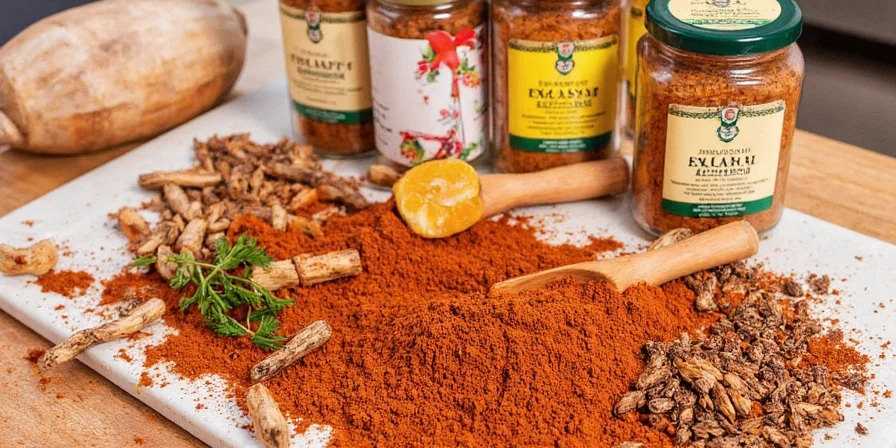
Common Myths About Ras El Hanout (Busted!)
There’s no shortage of misinformation floating around about this magical spice mix. Let’s set the record straight:
Myth 1: All Ras El Hanout Blends Are the Same
False! Each seller or chef makes it differently. There’s no single “official” recipe — variety is the spice of life!
Myth 2: It’s Always Super Spicy
Also false! Most blends are warm and aromatic, not fiery. Heat comes from optional additions like chili or harissa.
Myth 3: It’s Only for Lamb
Nope! Use it on anything — fish, tofu, eggs, veggies, potatoes… you name it.
Myth 4: It’s Too Complicated to Make at Home
Wrong again! Grab your pantry staples, mix them up, and boom — you’ve got your very own royal blend.
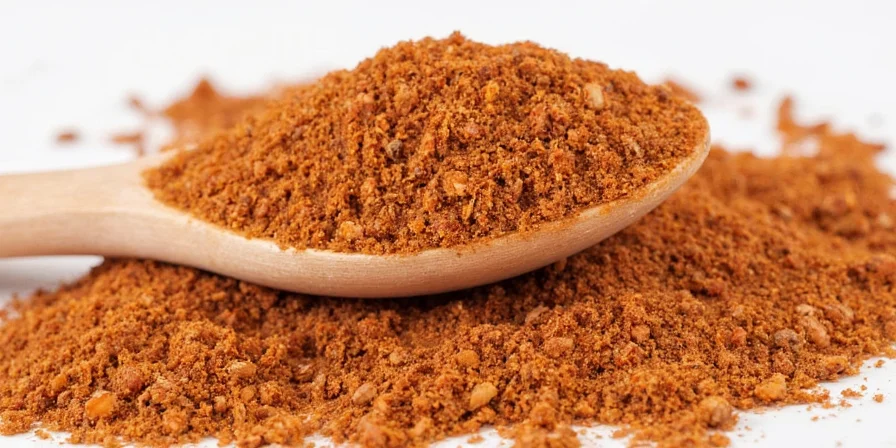
Conclusion: A Spice Worth Its Weight in Gold
Ras el hanout is more than just a spice blend — it’s a passport to a world of flavor, history, and tradition. Whether you’re grilling up a storm, meal-prepping for the week, or experimenting in the kitchen, this versatile mix will elevate your cooking from “meh” to majestic.
Don’t be afraid to play with proportions, swap spices, or tweak it to your liking. After all, the best ras el hanout is the one that tastes like it was made just for you.
So go ahead, open that jar, sprinkle a little magic into your next meal, and let ras el hanout reign supreme in your spice rack kingdom.


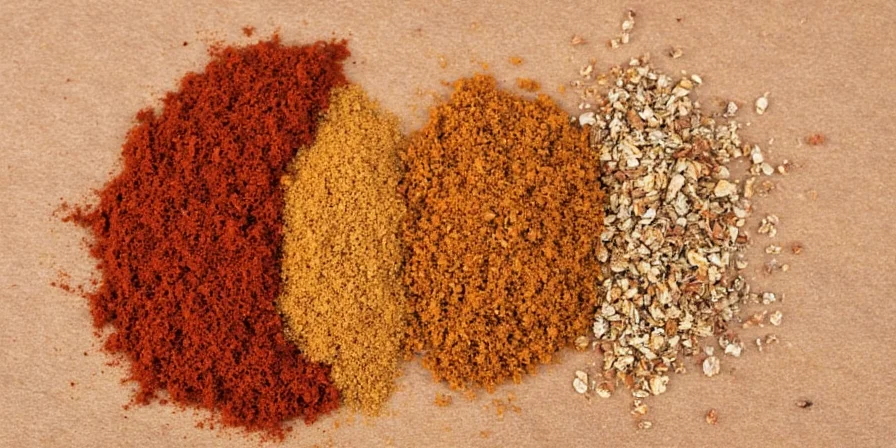









 浙公网安备
33010002000092号
浙公网安备
33010002000092号 浙B2-20120091-4
浙B2-20120091-4